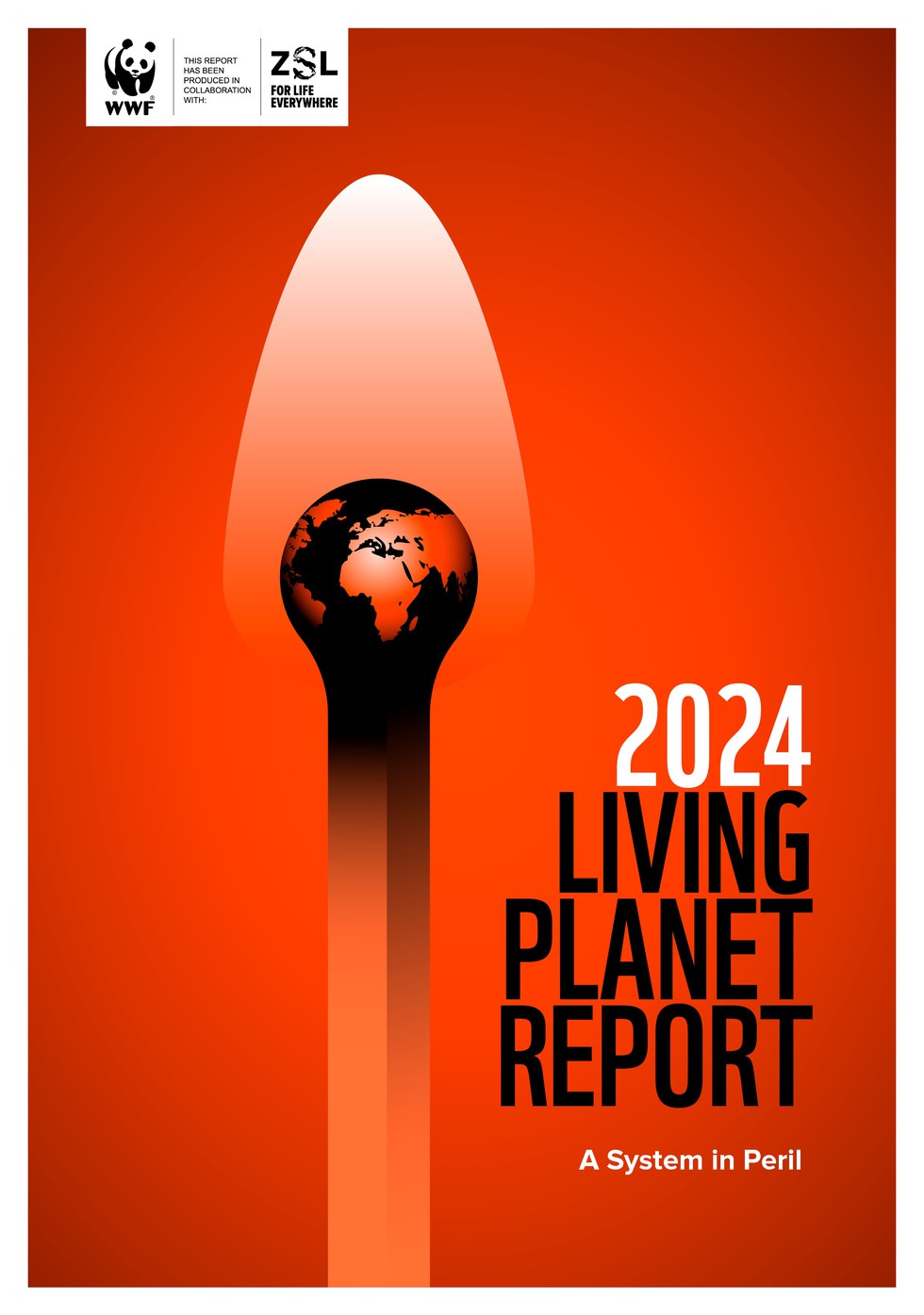About Living Planet Report:
- It is published biennially by the World Wide Fund for Nature (WWF).
- It is a comprehensive study of trends in global biodiversity and the health of the planet.
- The Living Planet Report 2024 is the 15th edition of the report.
- The WWF uses the Living Planet Index (LPI), which tracks the average trends in wildlife populations rather than focusing on increases or declines in individual species numbers.
- By monitoring changes in species population sizes over time, the LPI serves as an early warning indicator of extinction risk and helps assess ecosystem efficiency.
Highlights of the Living Planet Report 2024
- The sharpest decline is reported in freshwater ecosystems at 85%, followed by terrestrial ecosystems at 69% and marine ecosystems at 56%.
- WWF highlighted declines in monitored animal populations around the world as follows
- Latin America and the Caribbean, where populations have dropped by 95 per cent
- Africa: 76 % decline.
- Asia-Pacific region: 60 % decline.
- Central Asia: 35% decline
- North America: 39 % decline.
- Major threats to wildlife include Habitat loss, overexploitation, climate change, pollution, invasive species, and diseases, which were the dominant drivers of the decline of wildlife.
- Habitat loss was driven by unsustainable agriculture, fragmentation, logging, mining, to name a few causes.
- Ongoing mass coral reef bleaching, affecting over 75 per cent of the world’s reefs, the Amazon rainforest, the collapse of the subpolar gyre and the melting of the Greenland and West Antarctic ice sheets are all nearing critical tipping points.
- More than half of the United Nations-mandated Sustainable Development Goals for 2030 are unlikely to meet their targets, with 30 per cent of them either already missed or worse off than their 2015 baseline.
